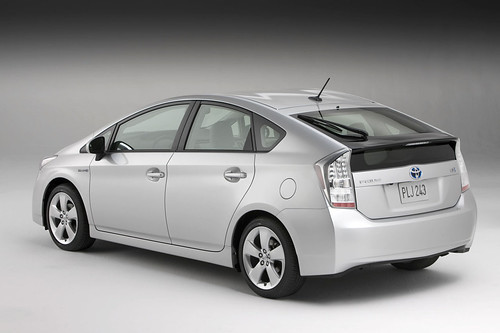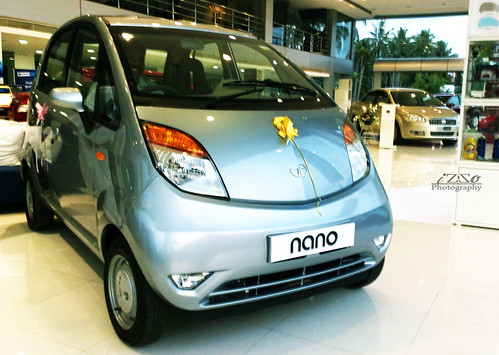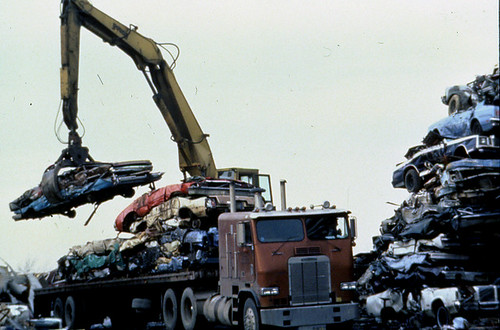Monday is bankruptcy for GM – Storied automaker suffering huge losses and plummeting market share will file for Chapter 11 protection at 8 a.m
(Source: CNNMoney.com)
President Obama to address nation.
General Motors, the nation’s largest automaker and for decades an icon of American manufacturing, stood Sunday on the brink of bankruptcy and a de facto government takeover.

Image Courtesy: CNN Money
A bankruptcy petition will be filed on Monday at 8 a.m., according to a source with direct knowledge of the bankruptcy proceedings.
Investors who own 54% of $27 billion in GM bonds have agreed to not fight plans for a quick bankruptcy process, GM said on Sunday.
The deal with bondholders could make it easier for GM to restructure by neutralizing some of the opposition to a bankruptcy filing. But it does not wipe away the need for the company to seek court protection for making drastic reductions in dealer, labor and other costs.
President Obama will address the nation shortly before noon on Monday to discuss the bankruptcy, two officials close to the situation told CNN. Obama will explain the rationale for the filing and his hopes that this is the best route for a turnaround.
It is expected that GM will detail some 20,000 job cuts and the closure of about a dozen plants by the end of 2010. The company has already said it will slash 40% of its network of 6,000 retail dealerships by next year and drop four of its brands — Hummer, Saab, Saturn and Pontiac.
The impact of GM’s bankruptcy, which follows a Chapter 11 filing by Chrysler on April 30, will ripple across the nation to dealers, suppliers and other businesses large and small that work in the sector.
The company, once the country’s largest private sector employer, has only a fraction of its former staff. Its 80,000 hourly and salaried U.S. employees are half the number it had as recently as 2001.
Nearly 500,000 U.S. retirees, as well as more than 150,000 of their family members, depend on GM health insurance and pension plans. Retirees will see cuts in their health care coverage, although the company’s underfunded pension plans are not expected to be affected by a bankruptcy filing.
In addition, some 300,000 employees at GM dealerships will be affected, as well as hundreds of thousands of workers at auto parts makers and other GM suppliers whose jobs depend on the company’s survival.
A Chapter 11 bankruptcy filing would aim to help GM emerge with only its more profitable plants, brands, dealerships and contracts. GM’s unprofitable plants, contracts and other liabilities that the company can no longer afford would be left behind.
The government has already given GM $19.4 billion to fund operations and cover losses this year, and total help is expected to exceed $50 billion.
GM will pay back $8 billion of that sum. The government will also receive $2.5 billion in preferred shares of GM that pay a dividend and are more similar to a loan than stock.
But more than $40 billion of federal help to GM will be converted into the 72.5% stake in the new company. Taxpayers would make back the money loaned to GM if shares of the new GM increase dramatically in value following an exit from bankruptcy.
GM is expected to have about $17 billion in debt following bankruptcy, significantly less than the $54.4 billion it owed as of March 31.




 At a recycling plant in San Pedro and five other similar operations around California, giant shredding machines annually reduce 1.3 million junk cars, refrigerators and other appliances into fist-sized chunks of metal.
At a recycling plant in San Pedro and five other similar operations around California, giant shredding machines annually reduce 1.3 million junk cars, refrigerators and other appliances into fist-sized chunks of metal.


